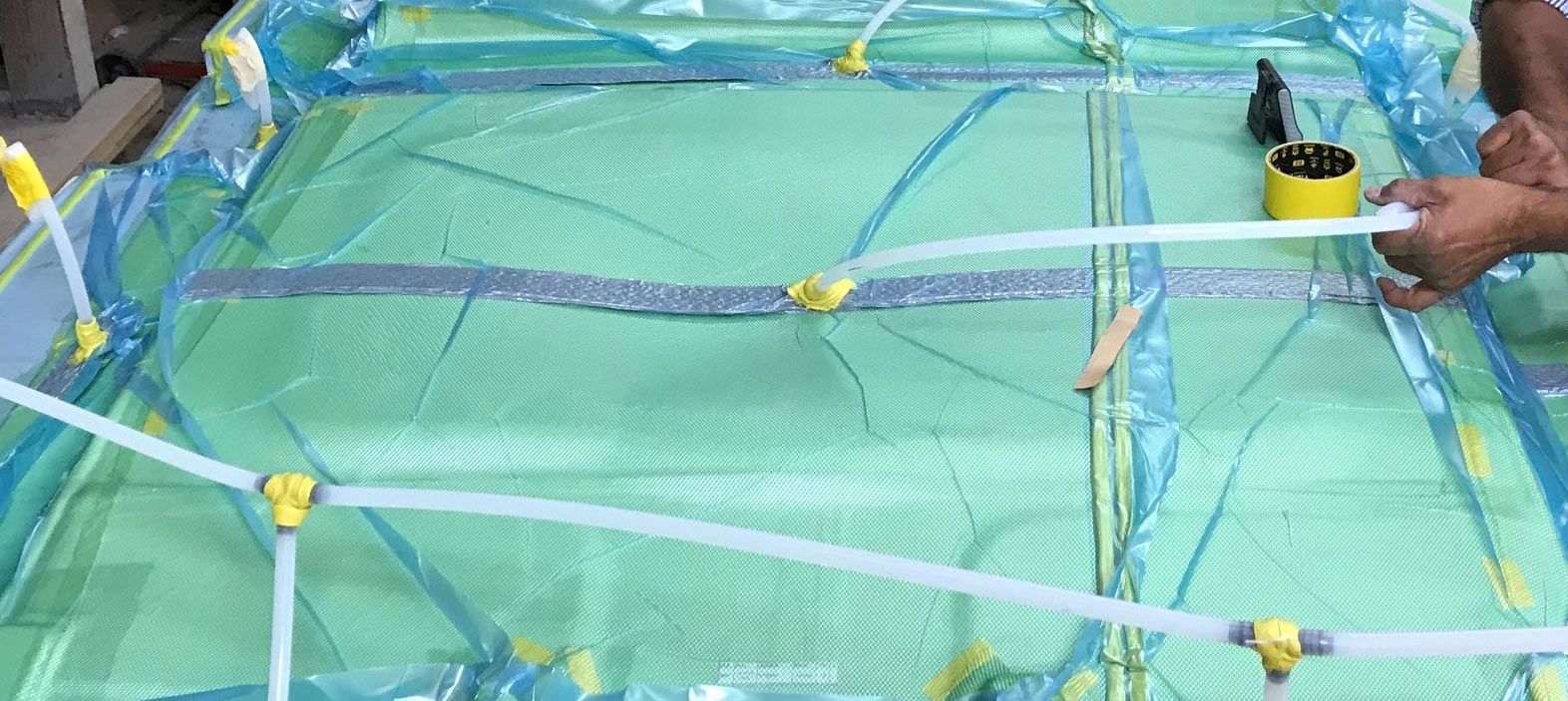
What is Vacuum Infusion Process?
👁 Reads: 424
In the most basic terms, the Vacuum Infusion Process (VIP) is a closed molding process that uses vacuum pressure to force resin into a laminate. The VIP is often used with dry fibers, eliminating the need for pre-wetting, which can save time and money.
Vacuum infusion is a process used to create carbon fiber composite parts with a high degree of dimensional accuracy and repeatability. The process uses a mold, typically made from a female tool, and a vacuum to draw the resin into the mold. The vacuum also serves to remove any air bubbles from the resin, which can cause defects in the final part.
Vacuum Infusion Process:
The Vacuum Infusion Process (VIP) begins with a mold that has been prepped with a release agent. The release agent ensures that the finished product will not stick to the mold. Once the mold is prepped, dry fibers are laid into the mold. The fibers can be laid in any direction or pattern, depending on the desired finished product.
Once the fibers are in place, a layer of barrier film is placed over the fibers. The barrier film helps to prevent the fibers from moving around during the infusion process.
A resin infusion bag is placed over the barrier film and the mold is sealed. The infusion carbon fiber sheet bag is connected to a vacuum pump, which is used to create negative pressure inside the bag. The negative pressure pulls the resin into the bag and through the fibers.
Once the desired amount of resin has been infused, the vacuum pump is turned off and the carbon fiber vaccum infusion sheets bag is removed. The mold is then placed in an oven to cure the resin.
The VIP is a versatile process that can be used to create a variety of products, including boats, automotive parts, and composite structures.
Benefits of Vacuum Infusion
The vacuum infusion process is a closed molding method that uses vacuum pressure to drive resin into a laminate. The benefits of this process over traditional wet layup and open molding are numerous.
Offers the Ability to Infuse Larger Parts
Vacuum Infusion offers the ability to infuse larger parts with less resin. This is due to the fact that the vacuum pulls the resin into the laminate evenly from all sides. The result is a more complete resin fill with less voids and air pockets.
Much Cleaner Process than Traditional Wet Layup
Vacuum Infusion is a much cleaner process than traditional wet layup. With wet layup, resin can get on the mold surface and create a messy work environment. With vacuum infusion, the resin is isolated inside the laminate which eliminates this problem.
Eliminates The Need For Excess Resin
This Process also eliminates the need for excess resin during the layup process. With wet layup, it is necessary to apply more resin than what is required to fully wet the laminate. This excess resin is necessary to account for the fact that some of the resin will be absorbed by the mold or will be wicked away by the fabric. With vacuum infusion, the laminate is saturated with resin before it ever comes into contact with the mold so there is no need for excess resin. This results in a consistent laminate with fewer voids.
Increased Working Time
Another advantage of vacuum infusion is the increased working time that it provides. With traditional wet layup, the resin begins to gel relatively quickly which limits the amount of time that the laminate can be worked. With vacuum infusion, the resin remains in a liquid state for a much longer period of time which allows for a more thorough cure and a stronger laminate.
Overall, the vacuum infusion process provides many advantages over traditional wet layup and open molding. These advantages include a more complete resin fill, a cleaner work environment, increased working time, and a stronger laminate.





